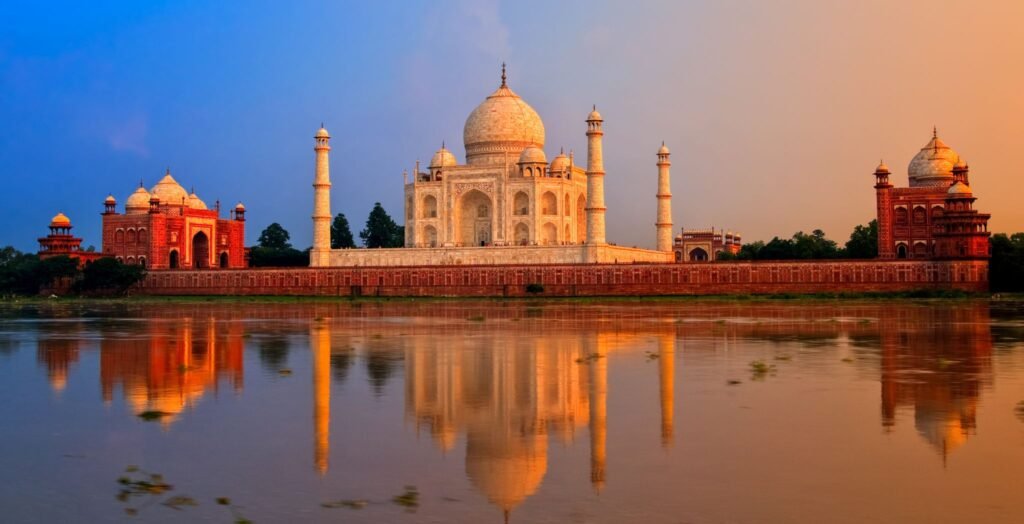Introduction
Along the banks of the Yamuna River, Agra, renowned globally for the iconic Taj Mahal, boasts a rich tapestry of the culture of Agra.The essence of the culture of Agra is intricately woven with a blend of traditions stemming from its historical significance and the amalgamation of diverse religious practices. However, walking through its bustling streets, one witnesses a vibrant display of attire, where men don trousers and shirts while women adorn themselves in traditional garb, echoing the city’s timeless elegance.
Agra’s cultural mosaic is further enriched by the coexistence of various faiths, including Hinduism, Islam, Christianity, Sikhism, and Buddhism, each leaving its unique imprint on the city’s ethos. Moreover, Agra is home to many castes, such as the Jatavs, Baniyas, and Jats, adding complexity and diversity to its social fabric. Further, from its opulent monuments to its pulsating markets, Agra resonates with a cultural vibrancy that captivates visitors and locals, making it a quintessential destination for exploring India’s rich heritage.
1. Culture & Tradition of Agra

If you’re looking for a vibrant tapestry of clothing, Agra is your haven. Steeped in rich culture, the attire of Agra reflects a kaleidoscope of colors and traditions. The locals of this bustling city have an affinity for bright and lively garments, infusing every corner with a sense of festivity. Embracing both the traditional and the modern, Agra seamlessly blends old-world charm with contemporary influences.
In the streets of Agra, you’ll find a captivating array of attire, from the timeless elegance of sarees to the casual flair of jeans and t-shirts. The traditional culture of Agra ensembles like kurta pajamas, dhoti-kurtas, and salwar kameez are commonly worn, embodying the essence of Indian heritage. Footwear also follows suit, with Indian styles being the preferred choice among the locals.
The city adorns itself in even more splendid attire for special occasions like festivals and weddings. Ghagra cholis and kurta sherwanis grace the celebrations, adding a layer of grandeur and tradition to the festivities and water park near Agra.
4. People of Agra

Indulging in the culinary delights of Agra is like embarking on a flavorful journey through history. Enriched by a tapestry of cultures, the local cuisine of Agra reflects its storied past, blending the culinary traditions of the Mughals with the vibrant flavors of South Asia. This fusion of influences has created a gastronomic landscape catering to vegetarians and non-vegetarians with equal enthusiasm.
At the heart of Agra’s culinary scene lies its Mughlai cuisine, a legacy of the city’s imperial past. Bursting with rich flavors and aromatic spices, Mughlai dishes such as juicy kebabs, decadent curries, and fragrant kormas tantalize the taste buds and transport diners to the royal courts of yesteryears. Drawing inspiration from Persian and Central Asian culinary traditions, these dishes are a testament to the cultural exchange that flourished under Mughal rule.
Vegetarians, too, can delight in Agra’s culinary offerings, with an array of dishes showcasing the region’s bountiful produce. From hearty vegetable curries to mouthwatering chaats and sweets, there’s no shortage of vegetarian delights to savor in this city of culinary wonders.
7. Shows and Events
Agra Fort Light and Sound Show is a mesmerizing ode to the cultural tapestry of the iconic city of Agra. This enchanting event serves as a gateway into the rich heritage and legacy that permeates the walls of the majestic Agra Fort.
Available in both Hindi and English, the open-air spectacle immerses visitors in a sensory journey through time, bringing to life the tales of poets, rulers, and the people who shaped the destiny of this region. Through illuminating lights, evocative music, and captivating storytelling, attendees are transported to bygone eras, where the echoes of past glory resonate with the present.
A. Kalakriti Cultural and Convention Center Dance and Light Show
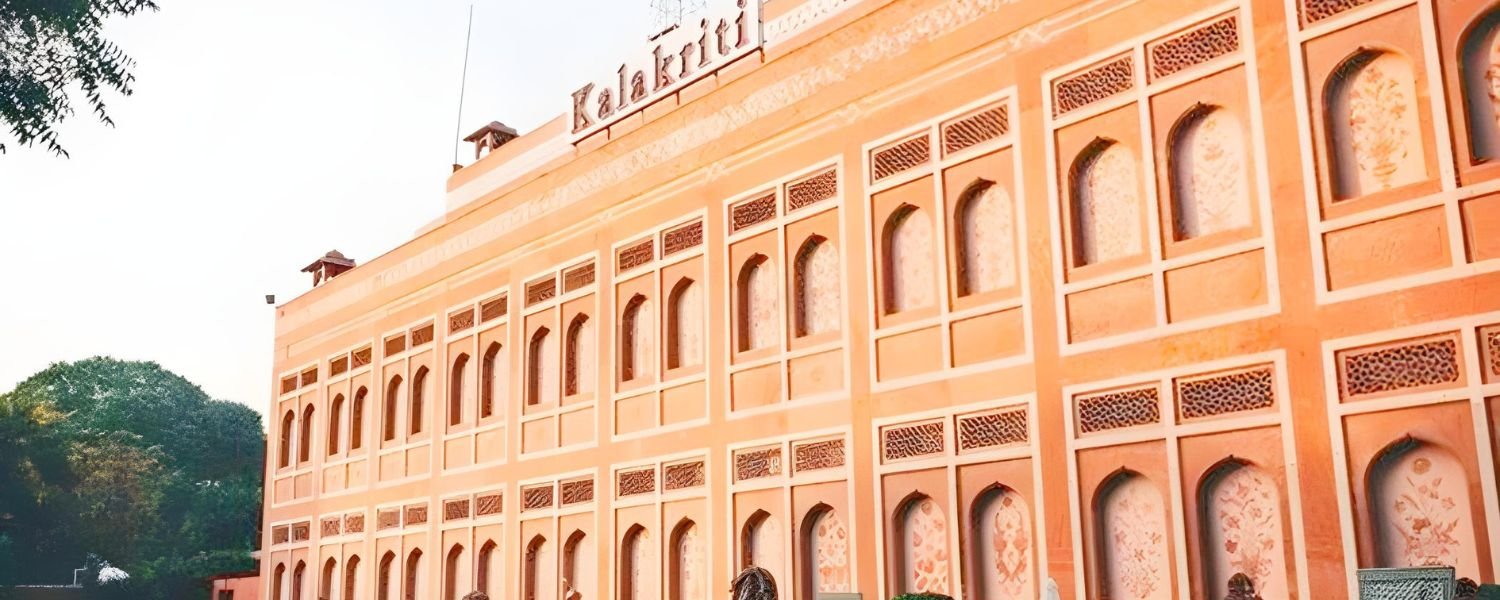
Agra with the enchanting Kalakriti Cultural and Convention Center Dance and Light Show featuring the mesmerizing musical extravaganza, “Mohabbat the Taj.” This nightly performance is a captivating portrayal of the timeless love story between Mumtaz Mahal and Shah Jahan, the creators of the iconic Taj Mahal.
Set against the majestic Taj Mahal’s backdrop, the show combines vibrant dance performances, stirring music, and elaborate costumes to transport you to the Mughal era, where romance and splendor knew no bounds. As the tale unfolds, you’ll be swept away by the passion and devotion that inspired one of the world’s most breathtaking monuments.
Following the performance, indulge in a sumptuous buffet dinner at one of Agra’s finest local restaurants, savoring the flavors of authentic Indian cuisine. To ensure a seamless experience, round-trip transportation from your Agra famous hotel to the Taj Mahal is included, allowing you to focus on soaking in the cultural richness of Agra without any hassle.
B. Taj Mahotsav
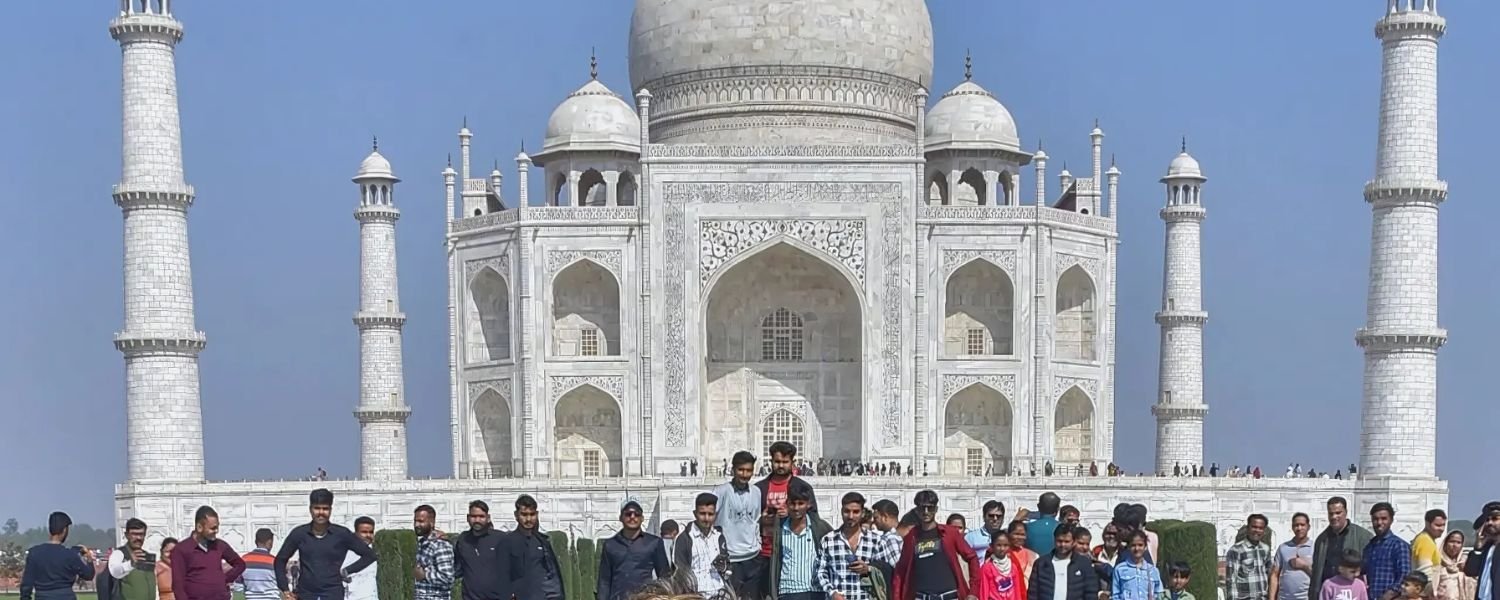
Experience the vibrant Culture of Agra come alive at the Taj Mahotsav, an annual extravaganza celebrating the rich tapestry of India’s artistic heritage. Held every February in the enchanting setting of Shilpgram, Agra, this festival is a magnificent showcase of the country’s diverse handicrafts and cultural treasures of the Food and culture of Agra.
At Taj Mahotsav, the talents of local artisans take center stage as they display their exquisite creations to an eager audience of domestic enthusiasts and travelers from around the globe. But the Taj Mahotsav is more than just a market—it celebrates Agra’s rich cultural heritage. Amidst the bustling stalls and colorful displays, tourists can enjoy the vibrant rhythms of street musicians, savor the tantalizing flavors of local cuisine, and marvel at majestic elephant parades that evoke the grandeur of bygone eras.
C. Agra Balloon Festival
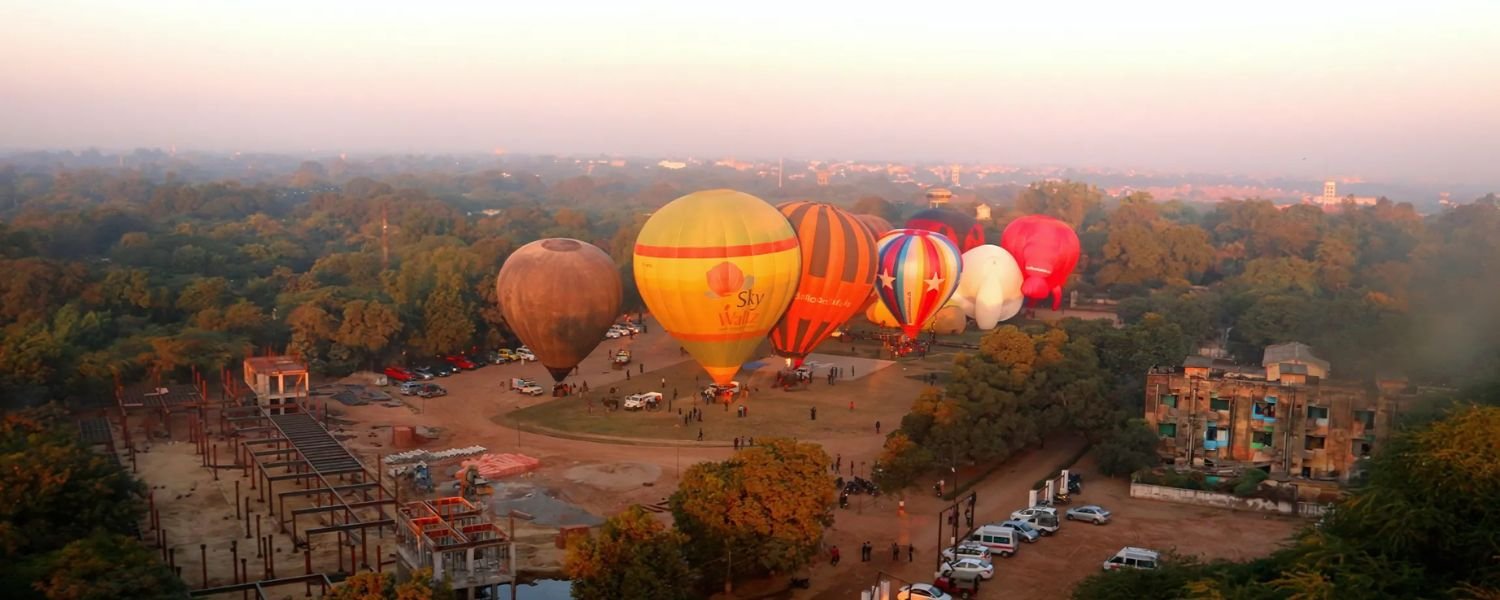
The Agra Balloon Festival is an annual celebration of the vibrant culture of Agra, held every February. The Taj Balloon Festival is a three-day extravaganza that offers travelers a unique opportunity to soar above the iconic Taj Mahal and other mesmerizing monuments dotting the city’s landscape.
This extraordinary event is a perfect blend of adventure and heritage. Participants can indulge in exhilarating balloon rides while soaking in panoramic views of Agra’s architectural marvels. One of the festival’s highlights is the captivating night balloon rides, accompanied by soulful music, creating an unforgettable ambiance under the starlit sky. As the balloons gently glide over the city, participants are treated to a magical spectacle, immersing themselves in the timeless beauty of Agra’s cultural heritage.
D. Ram Barat
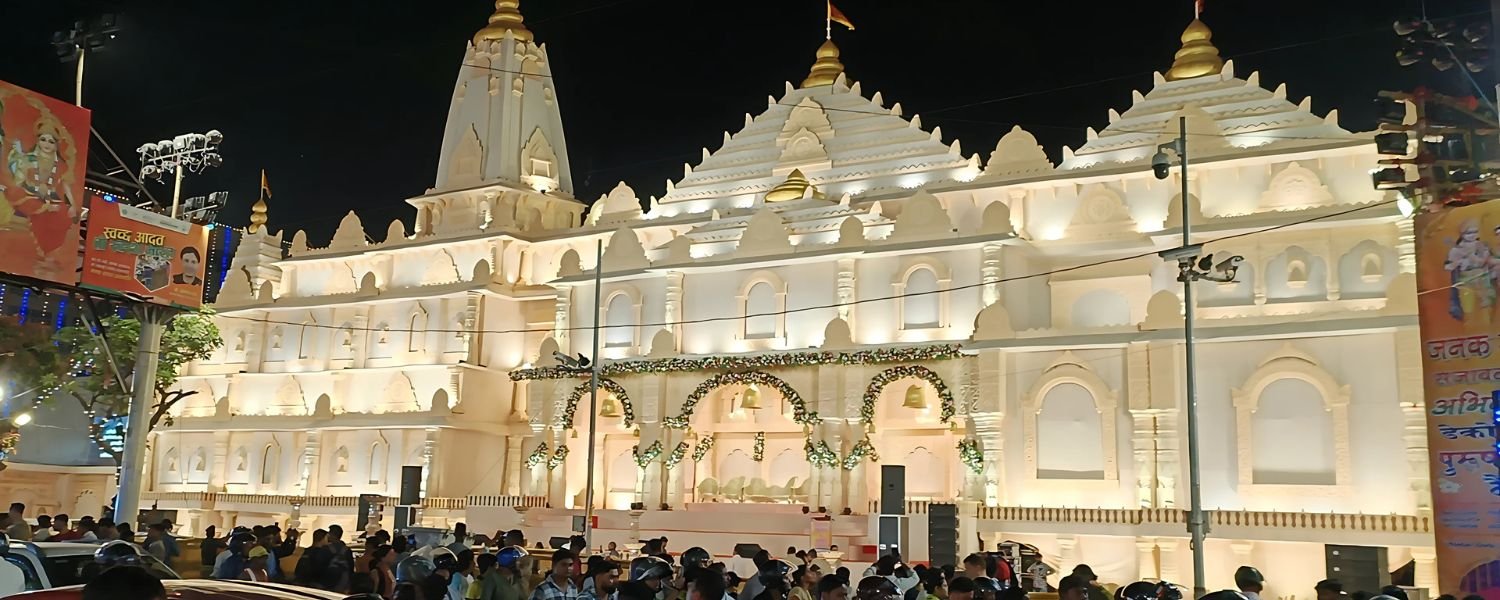
E. Gateway to Braj Holi
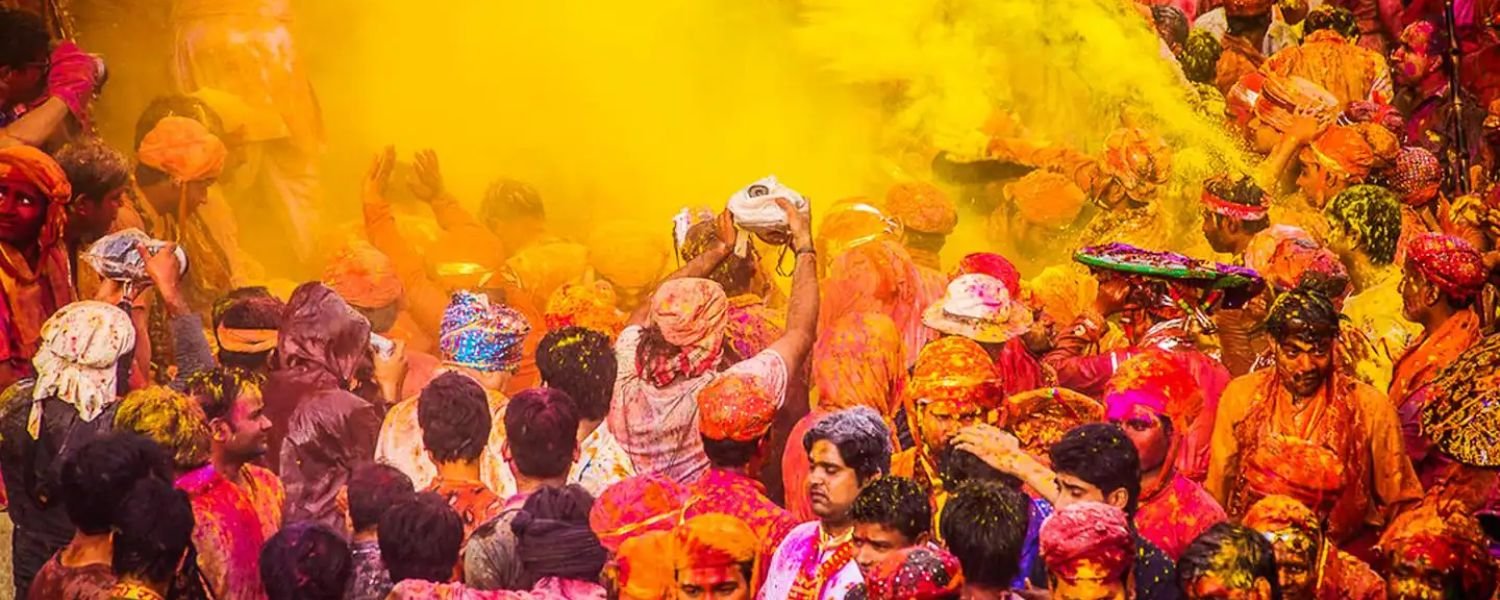
F. Miniature Paintings
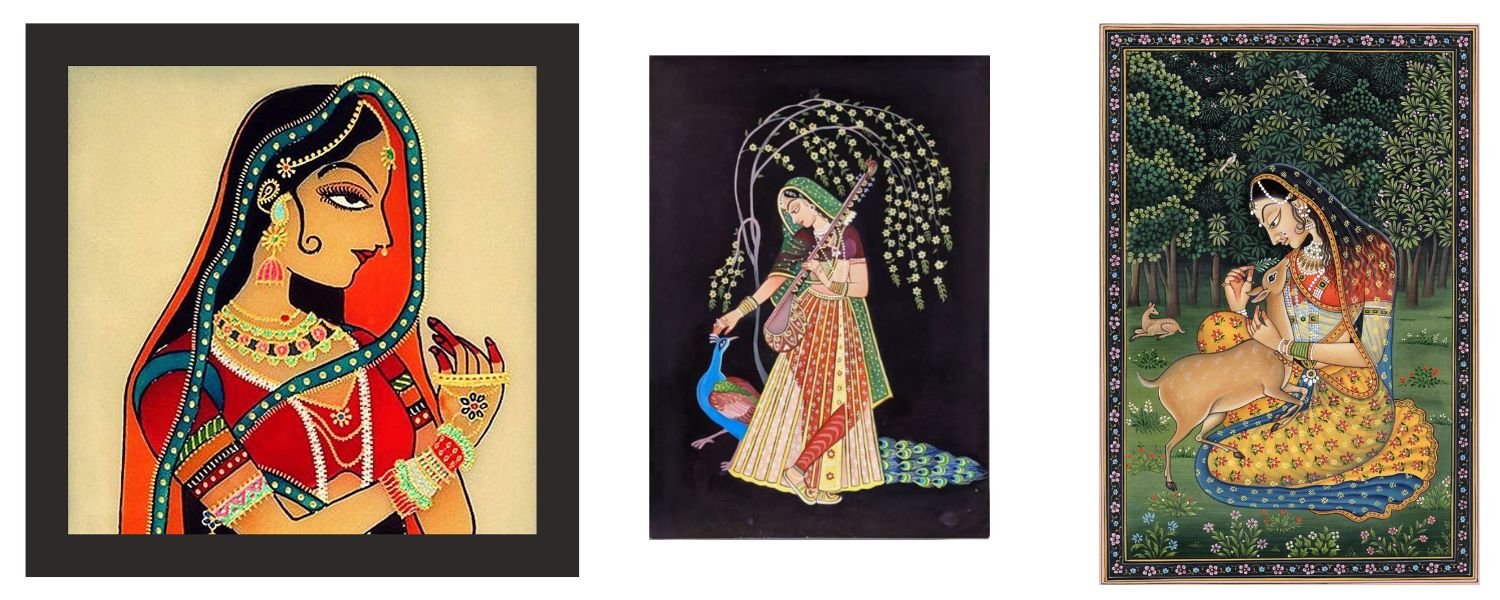
G. Religious Paintings
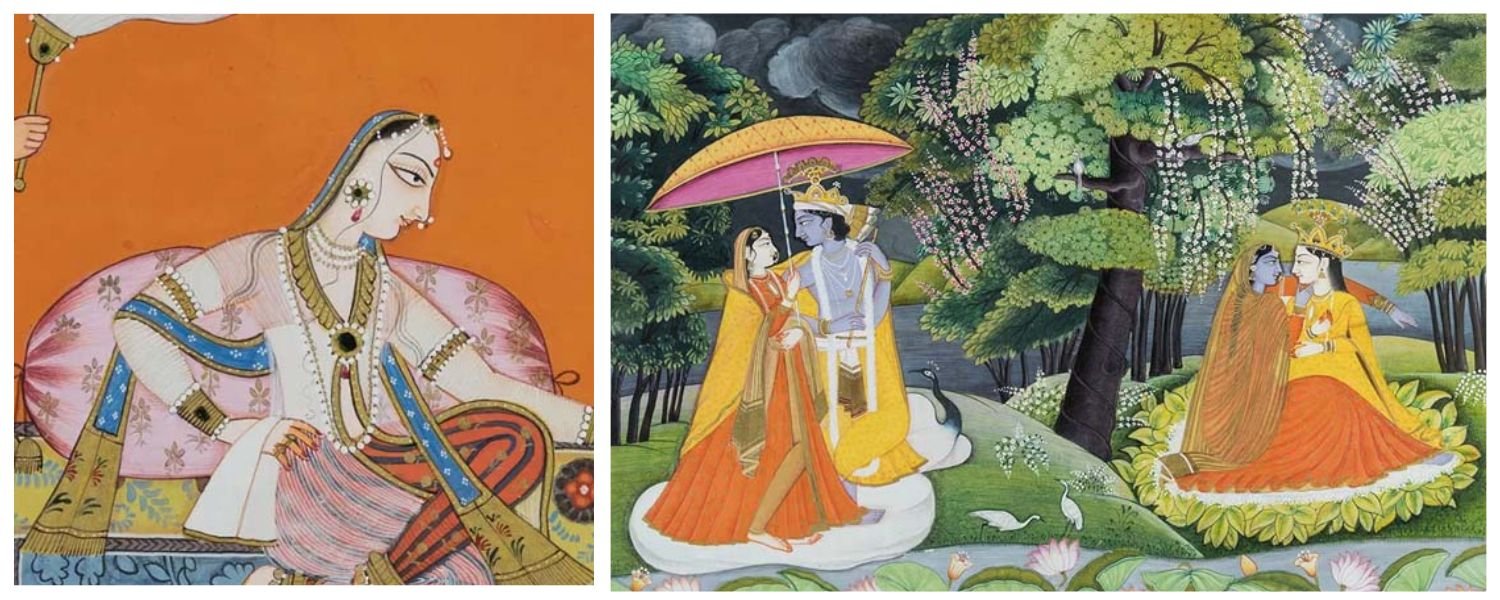
Conclusion
In conclusion, the Culture of Agra emerges as a vibrant one woven with threads of heritage, tradition, and diversity. From its iconic architectural marvels like the Taj Mahal to its bustling marketplaces brimming with local crafts and delicacies, every aspect of Agra resonates with a palpable sense of cultural richness. Additionally, the city’s harmonious coexistence of diverse faiths, which is reflected in its festivals and daily life, exemplifies unity in diversity.
Moreover, Agra’s traditional attire, language, and cuisine further showcase its deep-rooted cultural heritage, drawing visitors into an immersive experience of India’s vibrant cultural landscape. For instance, travelers can delve deeper into the city’s cultural ethos through events like the Taj Mahotsav and the Agra Balloon Festival. Simultaneously, experiences like Ram Barat and guided walking tours offer a profound understanding of Agra’s layered past and present. Thus, exploring the Culture of Agra is not just a journey through history but a celebration of the enduring spirit of a city that continues to enchant and inspire.
FAQ
Q: What is Agra’s specialty?
A: Agra’s hallmark lies in its architectural marvels, notably the Agra Fort, a UNESCO World Heritage site. Situated just 2.5 km northwest of the Taj Mahal, the fort is a testament to the city’s rich history. Constructed as a walled city, it hosted Babur after his victory in the First Battle of Panipat in 1526.
Q: What is Agra’s traditional dress?
A: Agra’s attire mirrors its cultural diversity, blending traditional garments like sarees, kurta pajamas, and dhoti-kurtas with modern ensembles like jeans and t-shirts. Indian footwear is preferred, while festivals and celebrations see a resurgence of ethnic wear like ghagra-cholis and kurta-sherwanis.
Q: What festivals are celebrated in Agra?
A: Agra’s cultural calendar sparkles with events like the Taj Mahotsav, a 10-day extravaganza held annually in February near the Taj Mahal. Also, the festival, hosted at the Crafts Village, or Shilpgram, celebrates the city’s heritage through vibrant art, music, and crafts displays.
Q: What is the cultural tradition of Uttar Pradesh reflected in Agra?
A: Agra is a microcosm of Uttar Pradesh’s rich cultural tapestry, showcasing classical music, traditional dance forms, and dramatic performances like Ramlila. So Khayal, a semi-classical singing style originating from the royal courts of Awadh, resonates through Agra’s cultural landscape, embodying the essence of its heritage.
